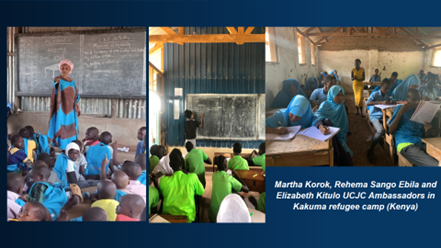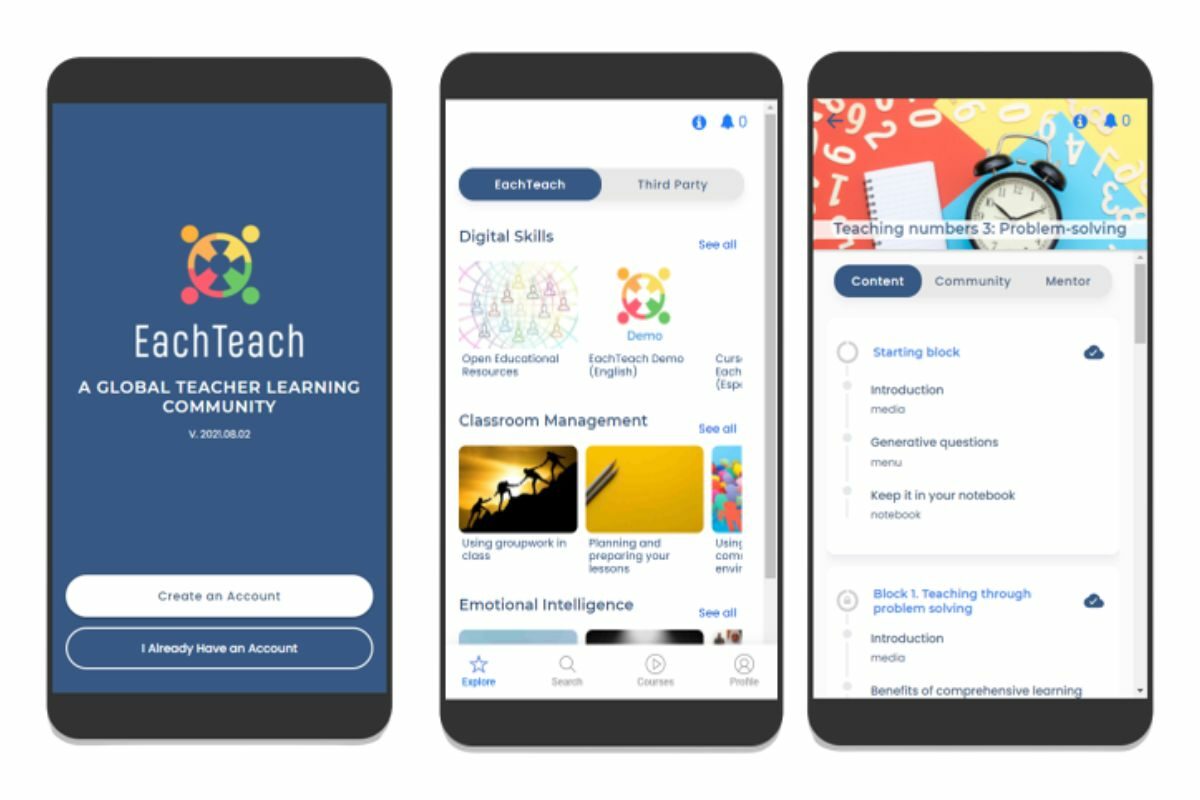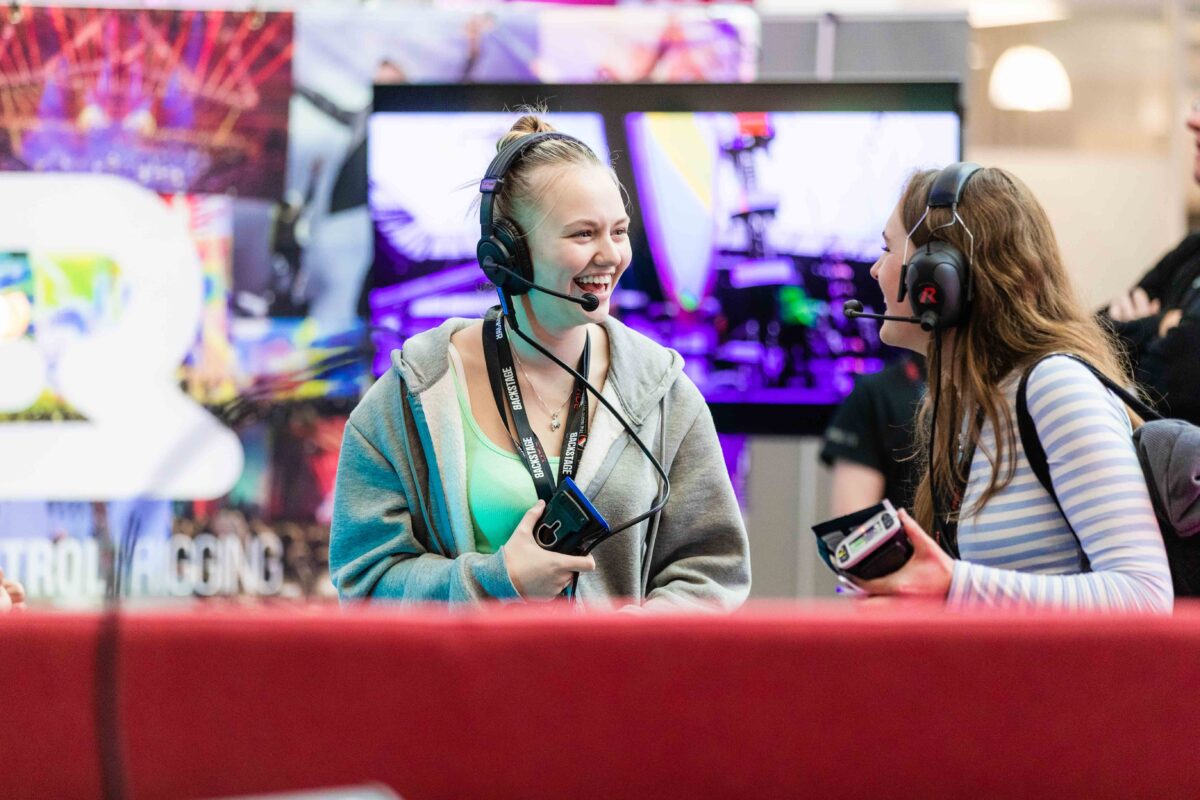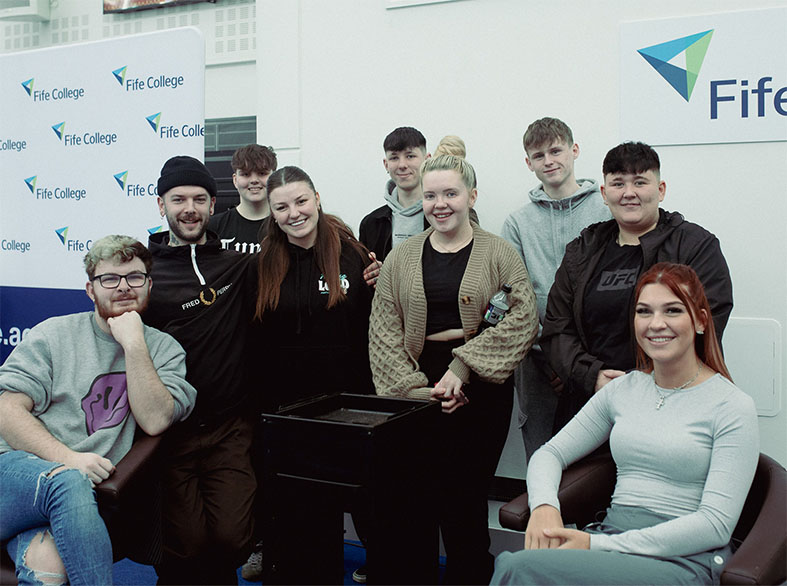How to Create a Global Teacher Learning Community

The challenge facing education in the global community
Under the United Nations Sustainability Goals, the 4th goal speaks of the obligation to provide quality education to those in need – including some 260 million children who are out of school. Yet, according to UNESCO reports (UN, 2016) a total of 69 million teachers are needed to guarantee that all girls and boys complete primary and secondary education and that this is free, equitable and quality.
Reaching and suitably preparing this number of teachers is an immense challenge. Many teachers do not receive correct and thorough training – and this is especially prevalent in areas of extreme poverty such as in some of the world’s largest refugee camps.
Lack of teacher training in poverty-stricken areas
Kakuma, a refugee camp on the border of Kenya and South Sudan – is inhabited by around 180,000 people – most living in thatched mud huts and tents, beset by dust storms, high temperatures, poisonous animals and chronic diseases such as malaria and cholera. In this camp, there are 24 schools, in which 70% of the 645 teachers have no specific training.
Elisabeth, Martha and Rehema are teacher trainers at Kakuma, who train the volunteers who are taking on the challenge of educating the multitude of young people who roam the camp. Yet, their efforts are never enough: unable to scale their training to the masses, only a few can benefit from their training. The challenge they face is huge: to train teachers in at least the basic pedagogical skills needed to take on the estimated 40,000 children currently attending the makeshift schools – tackling overcrowded classrooms, with children of various ages, languages and nationalities.

Finding a solution
Recognising the threat to quality education in Kakuma, and refugee camps around the world, a team at SEK Schools – together with the Camilo Jose Celo University (UCJC) in Madrid, Spain – identified the need for a solution that could be implemented in a range of challenging contexts. This led to the development of EachTeach: a teacher training application designed specifically for a global learning community, no matter the circumstances.
The team began the development of the application with the method of Human Centred Design – a process that begins with understanding the people you are designing for and ends with formulating a solution that is designed to tackle the issues they face.
To understand the true extent of the lack of teacher training facing the most impoverished communities around the world, in June 2019, Camilo Jose Celo University invited Elisabeth, Martha and Rehema to spend six months on its campus in Madrid. In doing so, the team were able to guage the real situation in the field, from the conditions in the classrooms to the needs of teachers. The university also provided Elisabeth and her team the opportunity to receive training in advanced pedagogical skills.
Following a visit to Kakuma, the team also consulted vast amounts of reports from NGOs such as Save the Children, as well as other organisations working in the field of teacher training such as the International Centre of Excellence For Innovative Learning (ICEFIL).

In compiling all this evidence – as well as the wishes and demands of the teaching community – the team at SEK School uncovered clear design principles that could guide its work in developing an efficient teacher training application targeted at refugee communities:
- It advisable to skip the traditional phase of building brick-and-mortar classrooms, because such investments were expensive and would only reach a tiny part of the population concerned.
- The majority of the population, surprisingly, were mobile phone users, even if connectivity was low.
- The availabiflity of training spaces with computers connected to virtual learning environments at NGO headquarters in the camps was very limited, and could hardly meet the need for training.
- The possibility of teams of professional teachers moving regularly to the camp did not seem feasible either, even less so with a pandemic on the horizon.
The team then began designing and building the application platform tailored specifically to the findings above: enabling them to manage the complete cycle of creation, edition and distribution of micro-courses of fundamental teaching skills that could be followed in a flexible and autonomous way, on any type of device, mobile, laptop or desktop.
Even though the application is designed to be self-directed, it does not detract from the benefits of collaborative learning. The materials are designed for users to still benefit from offline, in-person discussions around them – providing an opportunity for mentoring or professional accompaniment, which can help candidates to practically implement what they had learned in the classroom.

Teacher training for all
Now used by teachers in Kakuma, EachTeach provides an opportunity for efficient and quality teacher training to the masses, helping people like Elisabeth, Martha and Rehemas achieve their goal in increasing access to quality education, even in the most rural of communities. Platforms like these can help more children achieve their rightful dreams of betterment and progress.

About the author
Dr. Joaquín Rodríguez, Head of design, innovation and educational technologies, IESEK, Spain.
Joaquín, Ph.D. in Sociology, is responsible for instructional design, pedagogical innovation and technologies for learning at SEK Educational Institution, a K-70 institution that seeks to accompany all its students in their global learning cycle.
He is the author of more than fifteen books on the digital transformations of our contemporary reality.











Responses